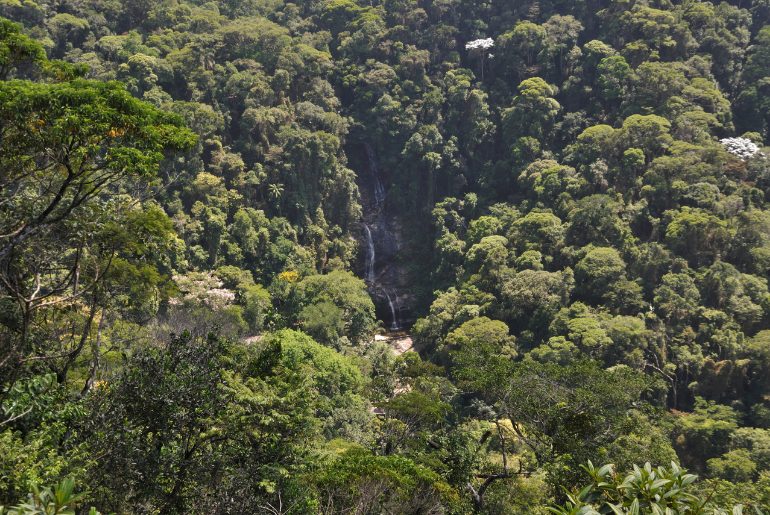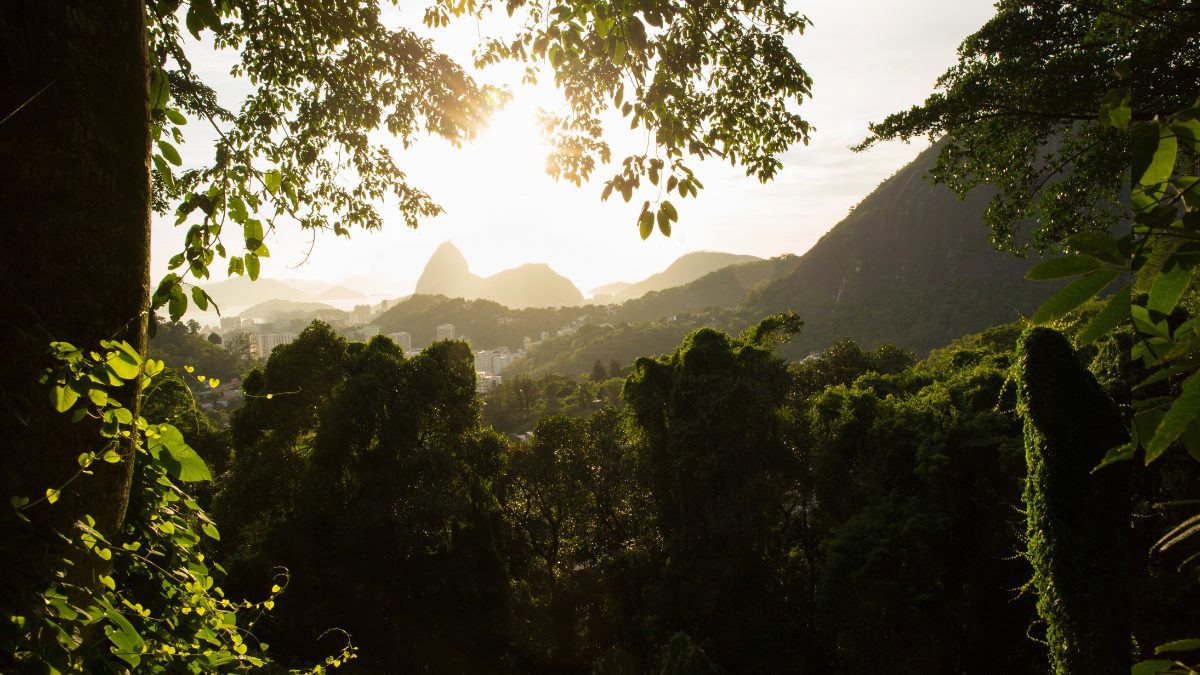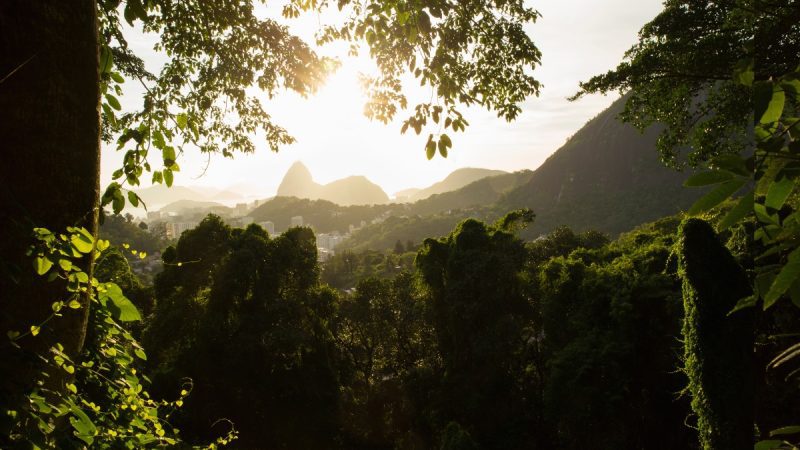In the heart of Rio de Janeiro lies a natural treasure often overshadowed by the city’s bustling streets and vibrant culture: the Tijuca Forest. While Rio is renowned for its beaches, football fervour, and carnival extravagance, few realise that within its bounds thrives the world’s largest urban forest. Tijuca Forest is no ordinary woodland; it’s a testament to resilience and restoration.
The Quest To Restore Tijuca Forest’s Lost Glory

Tijuca, first protected in 1861, is the last remaining portion of the formerly vast Atlantic Forest. It formerly covered thousands of square kilometres of Brazil’s coast. But centuries of agricultural and logging colonial exploitation reduced this biodiverse sanctuary to a shell of its former splendour, according to the BBC reports.
Rio’s future is linked to that of the forest. The Atlantic Forest’s decline threatened the stability of the climate and the city’s water supplies. Emperor Peter II launched a bold reforestation initiative in the 1860s after realising how urgently action was required. The rebirth of Tijuca began when more than 100,000 trees took root thanks to the labour of displaced farmers and enslaved Africans.
Fast forward to modern times, and Tijuca Forest remains a vital sanctuary amidst urban sprawl. But warning signals of trouble can be seen beneath its thick canopy. The forest may look lush, but it suffers from sick trees and declining biodiversity. The forest’s natural regeneration cycle is disrupted and the absence of important seed-dispersing animals hampers its ability to thrive.
Also Read: A Bridge Built On Eggs? The Curious Construction Tale Of Prague’s Charles Bridge!
The Journey From Deforestation To Renewal

Enter Project Refauna, a beacon of hope for Tijuca’s restoration. This project, led by committed environmentalists, attempts to restore endangered species, like howler monkeys and red-rumped agoutis, whose extinction threatens the ecological balance of the forest. One species at a time, Project Refauna aims to revitalise Tijuca’s ecosystem through careful planning and community involvement.
But there are many difficulties along the way. Failures such as disease outbreaks and dog attacks highlight the precarious balance between urban life and conservation. According to BBC, inspired by a long-term vision of ecological resurgence, Project Refauna perseveres in the face of obstacles.
Beyond beautiful pathways and tumbling waterfalls, Tijuca Forest provides visitors with a chance to engage with nature and contribute to its preservation. Visitors who witness the forest’s natural beauty firsthand become ardent supporters of its preservation. It certainly reinforces the need to protect this priceless asset for future generations.
Tijuca Forest is a monument to the resiliency of nature and the ability of humans to restore it. Tourists also become guardians of Rio’s future by going along its meandering pathways and taking in its wonders.
Cover Image Courtesy: Canva





